Where to Find the Best Surfing on Mexico's West Coast
From Baja to Oaxaca, the surf breaks on Mexico's western shores are renowned for a reason. Dane Faurschou takes an epic road trip in search of the best surfing in Mexico.
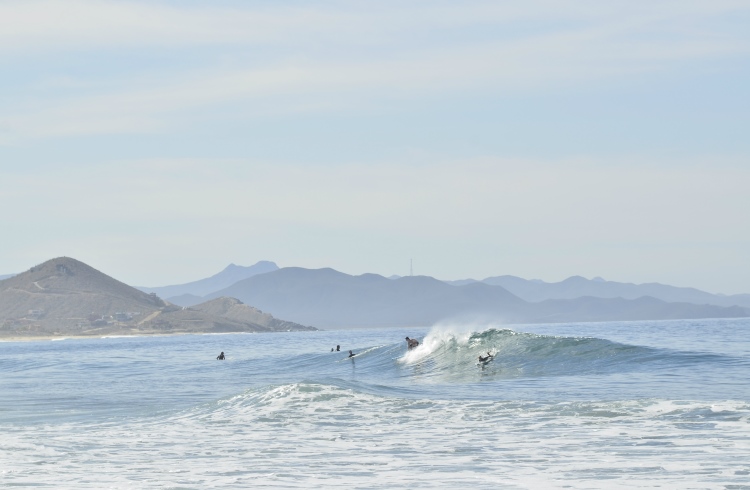 Photo © Getty Images / Marie Kazalia
Photo © Getty Images / Marie Kazalia
Since I was 12 years old, I’ve been watching surfing movies filmed in Mexico, and now I’m going to experience it for myself. Heading into to Tijuana from the US, I know two things: Mexico has a crazy amount of amazing, right-hand point breaks and really, really big waves once the season turns on.
Our first goal is to get off the beaten path. Mexico is famous for this – if you’re willing to put in the hours of driving, you’re almost certain to find some incredible waves all to yourself. The other goal is to surf all the famous surf spots Mexico’s west coast is known for.
- Northern Baja: Minute-long waves in San
Junico - Southern Baja: Surf spots for every level
- Mainland Mexico: Surfing big swells in Pascuales
- Discoveries on the road to Oaxaca
- Surfing Puerto Escondido and beyond
- Trip Notes
Northern Baja California: Minute-long waves in San Junico
As we head south through Baja, we have a few spots marked on our map, but we also want to just explore and see where the roads take us. At first, we’re met with nothing but strong winds and an ungodly amount of flies, but eventually, we stumble on a right-hand point that quickly becomes one of my favorite places ever. It’s near a sleepy little town called San
I see two heads bobbing around in the water. One of them takes off on a wave – he pulls off almost a minute later. I’m in shock. Minute-long waves and only two people in the water? I can’t get in fast enough.
What’s meant to be three days turns into weeks, living in our van parked on the bluff and surfing three to four times a day. The desert is harsh here – an array of cactus and sand broken up by a series of mesas jutting straight out of the earth. Though we don't see any animals, vultures circle overhead constantly. The winds are strong, the days hot, and the nights cold – it’s the quintessential Baja experience. My girlfriend goes from barely standing up to riding waves for a full a minute in a few short weeks. But finally, after some of the longest rides of my life, it’s time to move on.
Southern Baja California: Surf spots for every level
We continue down the peninsula to San Jose del Cabo, at the southern tip. The cacti are replaced by palm trees, the water becomes warmer, and the color changes from a deep blue to a tropical light blue perfect for snorkeling and fishing. East of San Jose del Cabo, the population diminishes – one road winding around the cliffs that hug the ocean, and a handful of tiny villages where we’re lucky to buy more than packets of biscuits, onions, and a few carrots. But desolate as it is, we almost always find one or two surfers camped on the beaches, all with stockpiles of food and water to avoid the long, pot-holed road back to the closest town.
The coast is littered with a dozen different surfing spots for all levels and suitable for anything from a shortboard to a nine-footer. Two particular highlights here are Shipwrecks (better for a shortboard) and Nine Palms (if you want something more relaxed).
We spend a couple of weeks here and surf from dawn to dusk – the conditions are perfect and there’s swell every day thanks to a small tropical storm sitting just off the coast. But eventually, we take the ferry to Mazatlan, where the mainland section of the trip begins.
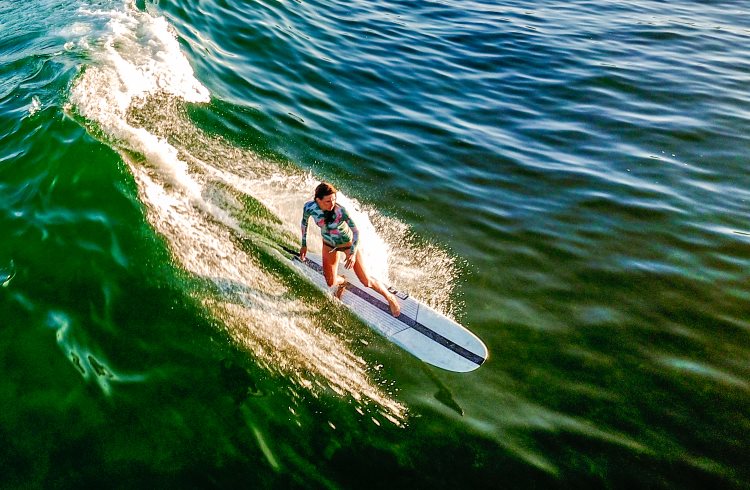
Mainland Mexico: Surfing big swells in Pascuales
Our first stop is Boca de Pascuales, 435mi (700km) south of Mazatlan. The town is not beautiful, just one street of small, poorly thrown together buildings and barking dogs. The black sand beach isn’t particularly attractive, and the locals aren’t overly friendly, but I’m looking to throw my body into some big, heavy, waves with few crowds, and this is the place to do it.
There are waves almost daily during the season (spring and summer). At first, I’m a little nervous about the size of the swell, but after a few days of double-overhead waves I settle in and am hungry for anything. The wave can be overwhelming at times – some days it’s so big that we stand on the shore with a handful of other surfers, debating whether or not to paddle out. This place draws big-wave people from all over, a mix of reclusive types that just want to be left alone to surf.
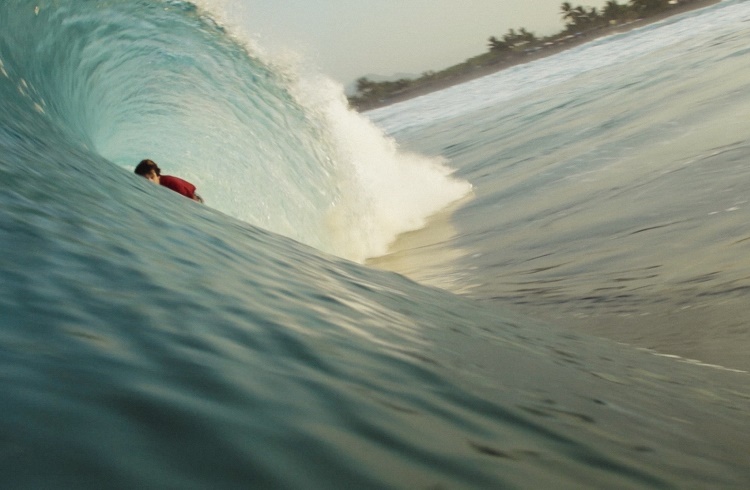
Discoveries on the road to Oaxaca
Our next destination is Mexico’s most famous surfing spot, Puerto Escondido, in the state of Oaxaca. It takes a few weeks to get there, and as we drive down the coast it’s consistently hot and humid – tropical rainforest and plantations of bananas and coconut trees continually surround us.
We stop at a dozen or more places. Rio Nexpa stands out in for its amazing right-hand break and for the river that flows out of the mountains and into the surf. We constantly hear stories of crocodiles up the river, and the thought of what lies beneath is forever in our minds. Fortunately, we never see one, but almost every day, we’re met in the water by ever-curious sea turtles that poke their heads up just meters away from us and then disappear again.
Surfing Puerto Escondido and beyond
Puerto Escondido is a different world, and I had been wanting to surf here for over 10 years. With some of the biggest waves you’re ever likely to see, it attracts the best surfers and professionals from around the globe. As a result, the town is well developed for surf tourism: the restaurants are trendy, the food is delicious (everything from traditional
Next, we head south to the land of long, right-point breaks, some of the best in the world. We wake before the sun every morning, surrounded by golden sand and crystal-clear water, gazing out on perfect points and just a handful of people. Fishermen pass occasionally on their way to their secret fishing spots – on the way back they often stop to talk and offer us their catch.
It’s surfer heaven, but the mountains are calling. After a few months and some of the most incredible waves of my life, it’s time to go.
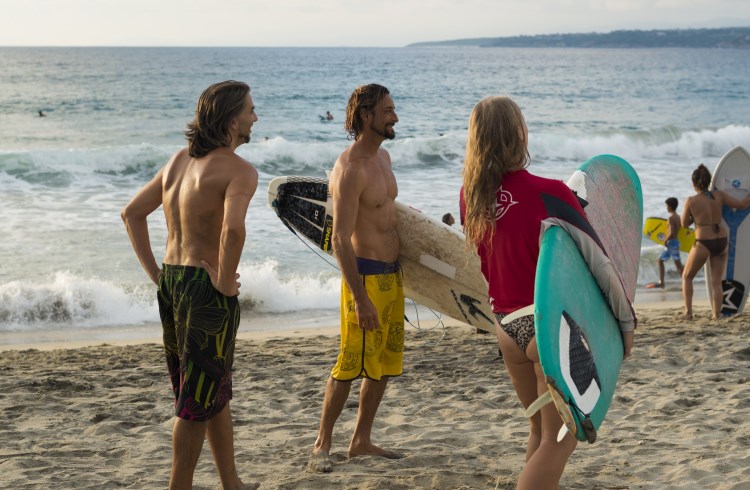
Trip Notes
Puerto Escondido is an ideal place for both beginners and advanced surfers. There are a number of surf schools where you can rent boards, and just a short drive out of Puerto is a long, gentle, left-hand point break perfect for beginners. Further south, there are good hostels right in front of the waves at Salina Cruz and Barra del Cruz (arguably the two best points in the area).
When driving along the coast, be sure to follow all speed signs, plan to arrive at your destination two hours before dark, and have your route completely planned out in cities and towns to avoid getting lost on side streets.
Related articles
Simple and flexible travel insurance
You can buy at home or while traveling, and claim online from anywhere in the world. With 150+ adventure activities covered and 24/7 emergency assistance.
Get a quote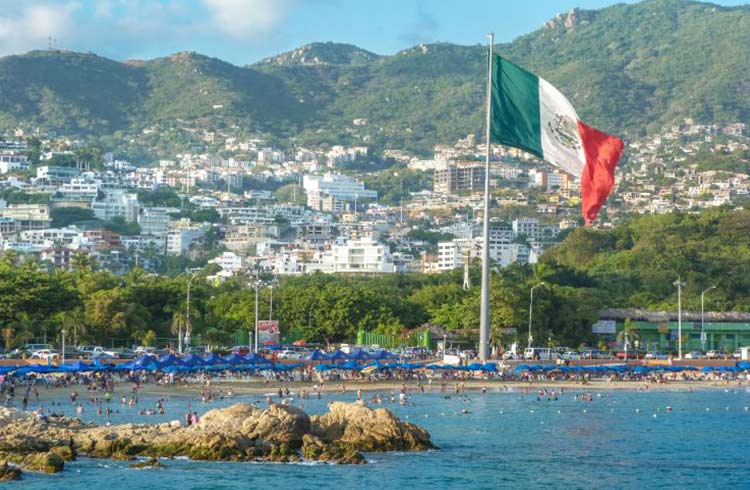
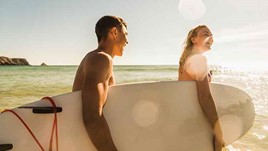
No Comments